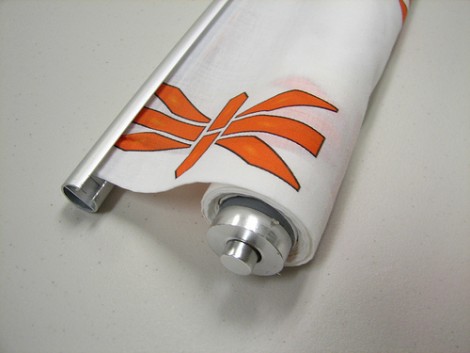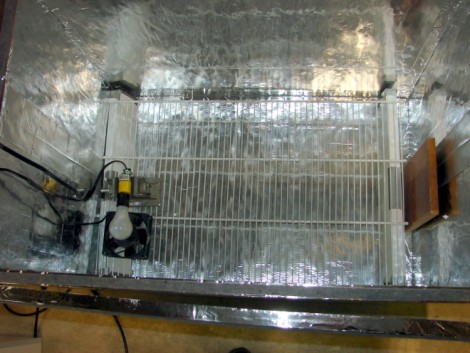
Let it snow inside your house this Christmas by building your own snow making tree. [Trey] was inspired by a snowing lamp-post he came across in a story. He looked around the house and came up with all the stuff necessary to make this happen with a Christmas tree. The snow is loose Styrofoam like you’d find in a bean bag chair. At the bottom of the tree there’s an inverted umbrella to collect the snowfall and funnel it into a blower salvaged from an inflatable Halloween yard ornament. The blower shoots the Styrofoam up through a PVC pipe, which also serves as the trunk of the fake tree, and it erupts from the top bringing Christmas cheer to an otherwise quiet room. See for yourself.
















